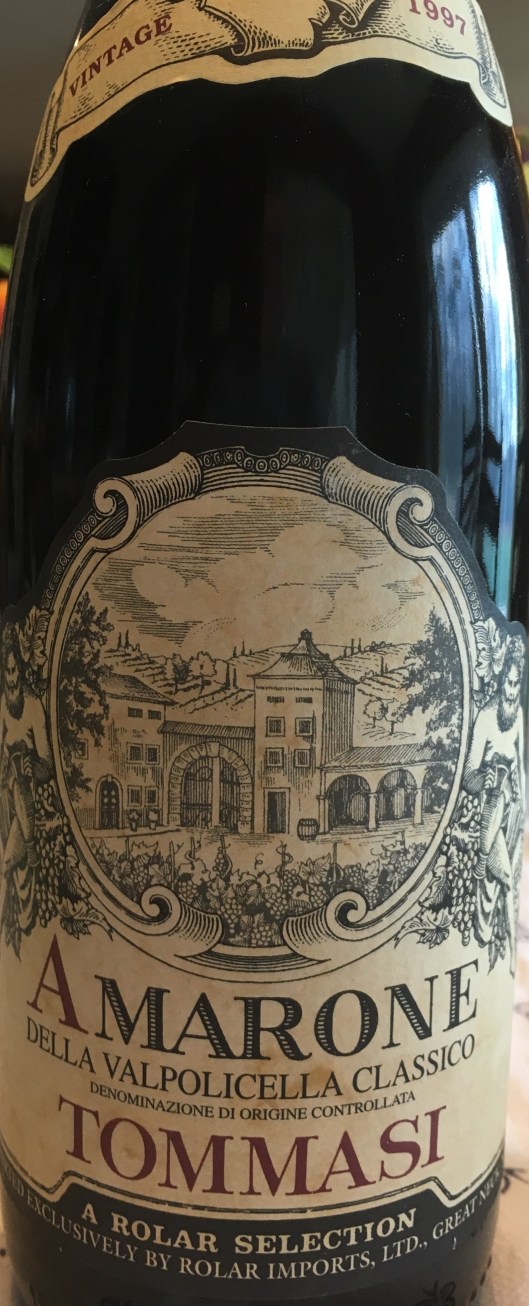One of the first times I experienced the magic of Amarone della Valpolicella Classico was with the wines of Tommasi. I have since grown incredibly fond of Amarone in general, placing the region easily in my top three.
Tommasi is considered a Viticoltori, or “Viticultural Company,” which is akin to a Negociant in France. Bascially, Tommasi owns vineyards and wineries in a number of regions in Italy, four to be exact, stretching from their starting point in Verona and reaching as far east as Tuscany and as far south as Puglia. While diversification is key to a successful wine business, sometimes it can be a distraction which impacts focus and ultimately quality. Not so in the case of Tommasi. The family run organization is large enough to manage the growth and breadth of the business.
Tommasi was founded in 1902 and is situated in Pedemonte (not to be confused with Piedmont), in the heart of the Valpolicella Classico region, on a small piece of land in the Northwest part of Verona, between the plains and the Lessini mountains near Lake Garda.
Giacomo Tommasi started with a tiny vineyard in Valpolicella, and has since grown steadily over the course of many years. Today Tommasi owns vineyards and estates in four different Italian regions:
– Tommasi Viticoltori and Filodora Estate in Veneto;
– Tenuta Caseo in Oltrepò Pavese in Lombardy;
– Casisano in Montalcino and Poggio al Tufo in Maremma Tuscany;
– Masseria Surani in Manduria Puglia.

The estate is run by nine, 4th generation family members all aligned with the overall mission of Tommasi – producing the most genuine Italian wines with the highest level of quality available.
In the Veneto, Tommasi offers a very broad portfolio of wines, consisting of whites, reds, roses, sweet and even Grappa. For me, the Valpolicellas are noteworthy, especially the Amarone wines. In our cellar we have numerous vintages going back as far as 1990. Recently, we opened a 1997 Amarone and it was stunning. The wine was vibrant, full-bodied with seemingly infinite complexity. All the familiar markers of well-aged Amarone were present: dried, cooked fruit, figs, raisins with subtle black pepper and allspice notes. Prodigious length provided a stage upon which a never-ending collection of evolving flavor and aroma sensations were on display. Almost exactly 20 years old and this wine is still an explosive powerhouse. The most interesting thing to note… this bottle is Tommasi’s “entry-level” Amarone. The winery boasts a Riserva, which must truly be a remarkable wine.

While the Amarone is the subject of my fascination here, we have their Rafaèl Valpolicella and their Ripasso bottles in our cellar, both tremendous wines in their own right.
Tommasi’s portfolio, as I noted previously is quite extensive.
Their Website is a great repository for all their wines. Of particular note is the List of Award Winning Wines – Truly impressive.
While no longer the value that it once was, Amarone is worth the expense and it appears to be an investment that improves and grows over time.
